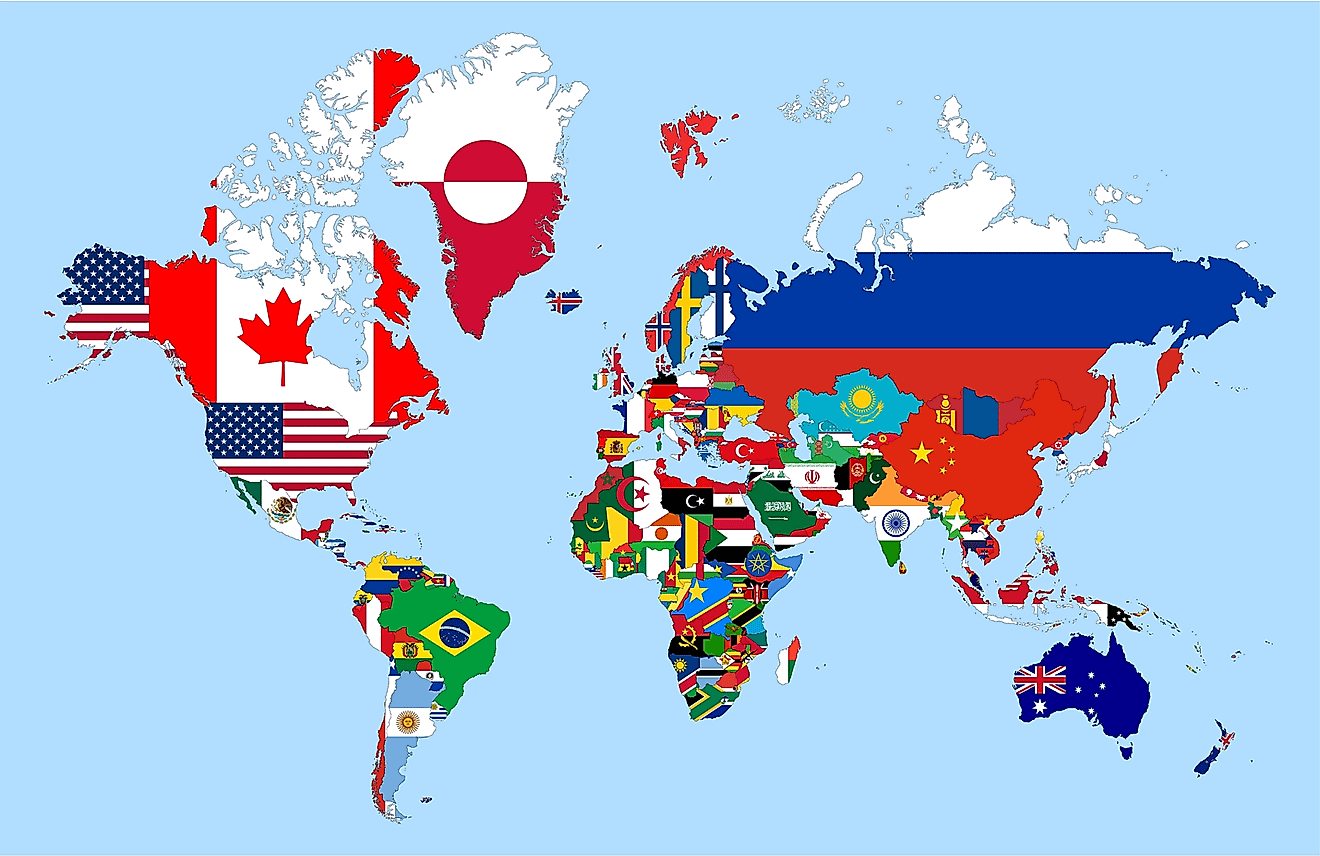
In the intricate tapestry of international geopolitics, countries often find themselves woven together by the threads of shared borders. This geographical phenomenon creates fascinating dynamics that influence trade, cultural exchange, and diplomatic relations. A pressing question arises: which among the nations of Mongolia, Germany, Brazil, or Luxembourg borders the most nations? To embark on this inquiry, we must analyze each country’s geographical footprint, its neighboring countries, and the implications of these borders.
Mongolia: An Isolated Giant
Situated in East Asia, Mongolia boasts vast and rugged expanses characterized by steppes, mountains, and the iconic Gobi Desert. Bordered by two formidable nations—Russia to the north and China to the south—Mongolia encapsulates a unique geopolitical position. With only two international borders, Mongolia’s isolation directly influences its trade and cultural exchanges. The relationship with China is particularly significant, given China’s status as a global economic powerhouse. Consequently, Mongolia’s geographical limitations can hinder extensive diplomatic engagements compared to nations with more extensive borders.
Germany: The Heart of Europe
Germany embodies a striking contrast to Mongolia. As a pivotal player in European politics and economy, Germany shares its borders with nine countries: Denmark to the north, Poland and the Czech Republic to the east, Austria and Switzerland to the south, and France, Luxembourg, Belgium, and the Netherlands to the west. This extensive network of borders facilitates a rich amalgamation of cultures and fosters deep economic interdependencies. The Schengen Agreement, which allows for passport-free travel between many European nations, underscores the significance of Germany’s geographical position. Moreover, the borders with neighboring countries promote collaborative initiatives in trade, security, and environmental policies.
Brazil: The South American Colossus
Brazil, the largest country in South America, presents a geographic scenario replete with diversity. It is bordered by ten nations, a record for the continent, including Argentina, Bolivia, Colombia, Guyana, Paraguay, Peru, Suriname, Uruguay, and Venezuela. This vast array of neighbors significantly affects Brazil’s geopolitical stature. The Amazon rainforest, a global ecological treasure, further emphasizes the importance of Brazil’s borders, raising issues of environmental conservation and cooperative policies regarding natural resources. Brazil’s diverse geography stretches from coastal cities to jungle interiors, fostering both trade and cultural interactions across international lines.
Luxembourg: The Small but Influential
In stark contrast to Brazil’s expansive borders, Luxembourg presents an intriguing case of a landlocked microstate in Western Europe. Despite its diminutive size, it shares borders with three nations: Belgium, France, and Germany. This strategic positioning enables Luxembourg to play a crucial role as a financial center and a hub for international organizations and agreements. While Luxembourg’s border count may be low compared to other nations discussed, its influence on European integration and diplomacy is disproportionately significant given its size. The interconnections established through these borders substantively affect trade and regional cooperation.
Comparative Analysis: Who Reigns Supreme?
From this examination, it is evident that Brazil emerges as the victor in terms of the number of neighboring nations. With its geographic reach encompassing ten borders, Brazil not only leads in quantity but also exhibits a multifaceted border experience, with significant variations in culture, economy, and ecology. In contrast, Germany follows closely with nine borders, impacting European regional dynamics extensively.
Mongolia, with merely two neighboring nations, and Luxembourg, with three, reveal a different narrative. Mongolia’s vast territory juxtaposed with its limited borders substantially influences its geopolitical vulnerability and isolation. Luxembourg’s position, though low in numbers, showcases how strategic borders can yield considerable influence, albeit on a smaller scale. The focus shifts from mere quantity to the qualitative implications of bordering nations, whereby smaller countries leverage their geographical proximity to foster significant international relationships.
Geopolitical Implications and Future Trends
The number of borders a country possesses can significantly influence its geopolitical strategies and diplomatic engagements. Countries like Brazil and Germany have opportunities to cultivate broad international partnerships, situating themselves as critical players on their continents. Conversely, Mongolia and Luxembourg must be adept in managing their geopolitical relationships, often leaning toward strategic alliances to bolster their positions on the global stage.
As global dynamics evolve, the significance of borders continues to manifest in novel ways—whether through trade agreements, border disputes, or environmental policies. Countries will need to adapt strategies to navigate an increasingly interconnected world while remaining cognizant of their geographical realities. The concept of borders transcends mere lines on a map; they signify relationships, cultures, and the very essence of international diplomacy.
In summation, as the question arises regarding which country borders the most nations, Brazil stands triumphant. Yet, the stories contained within the borders of all four countries reveal rich narratives of interconnection, influence, and the intricate dance of geopolitics. Each border signifies more than geography; it embodies the intricate relationships that shape our world.
